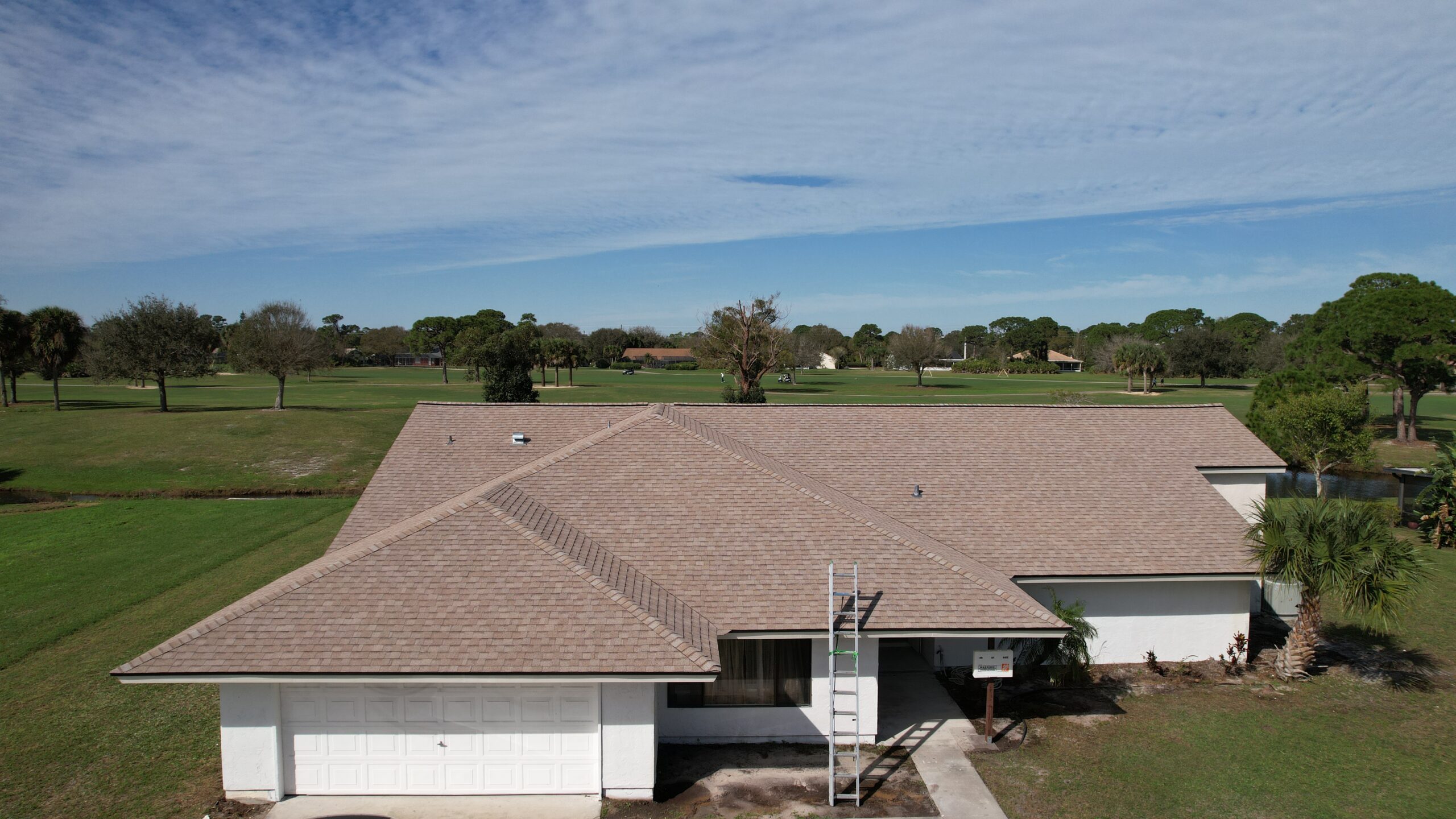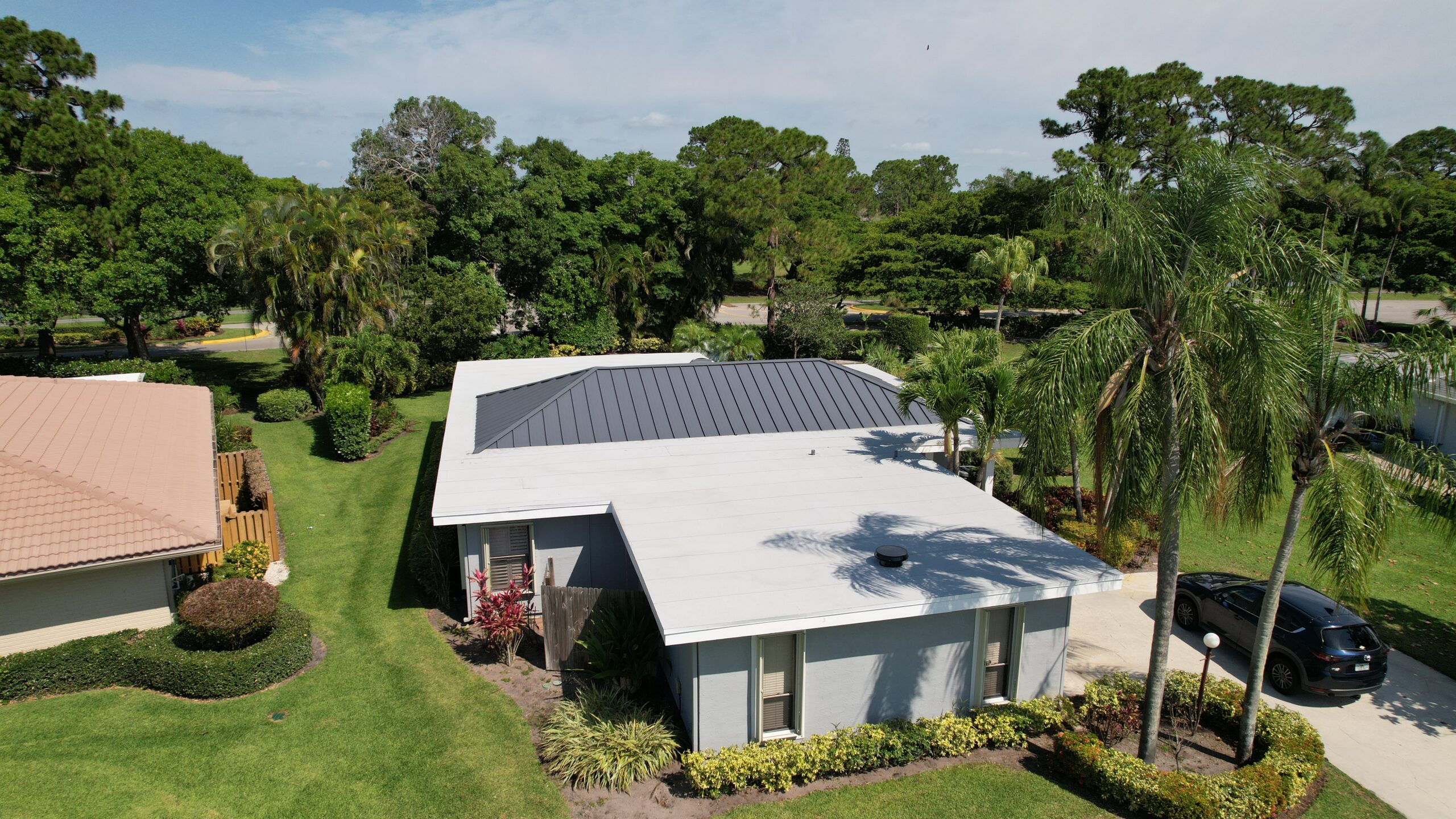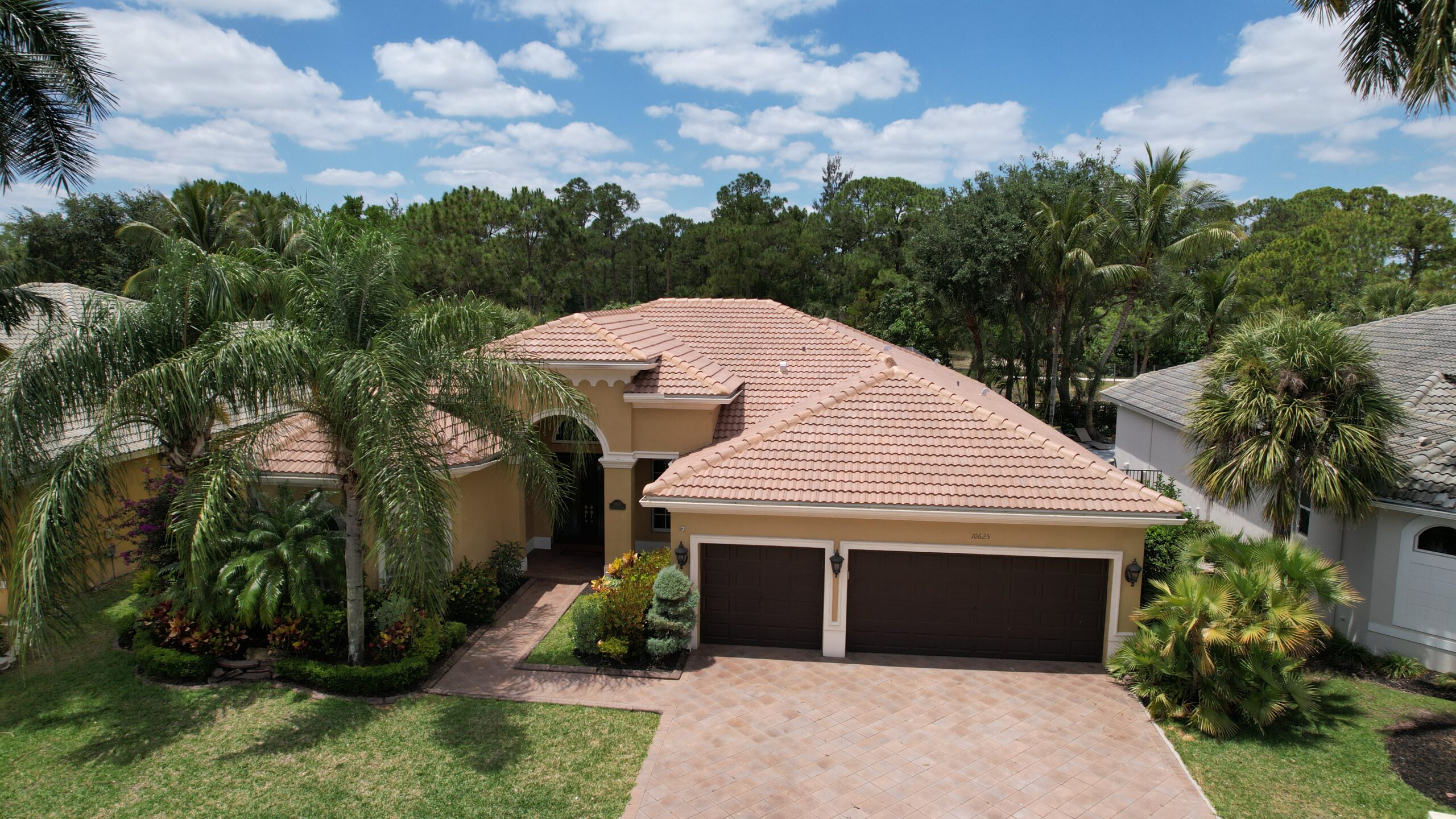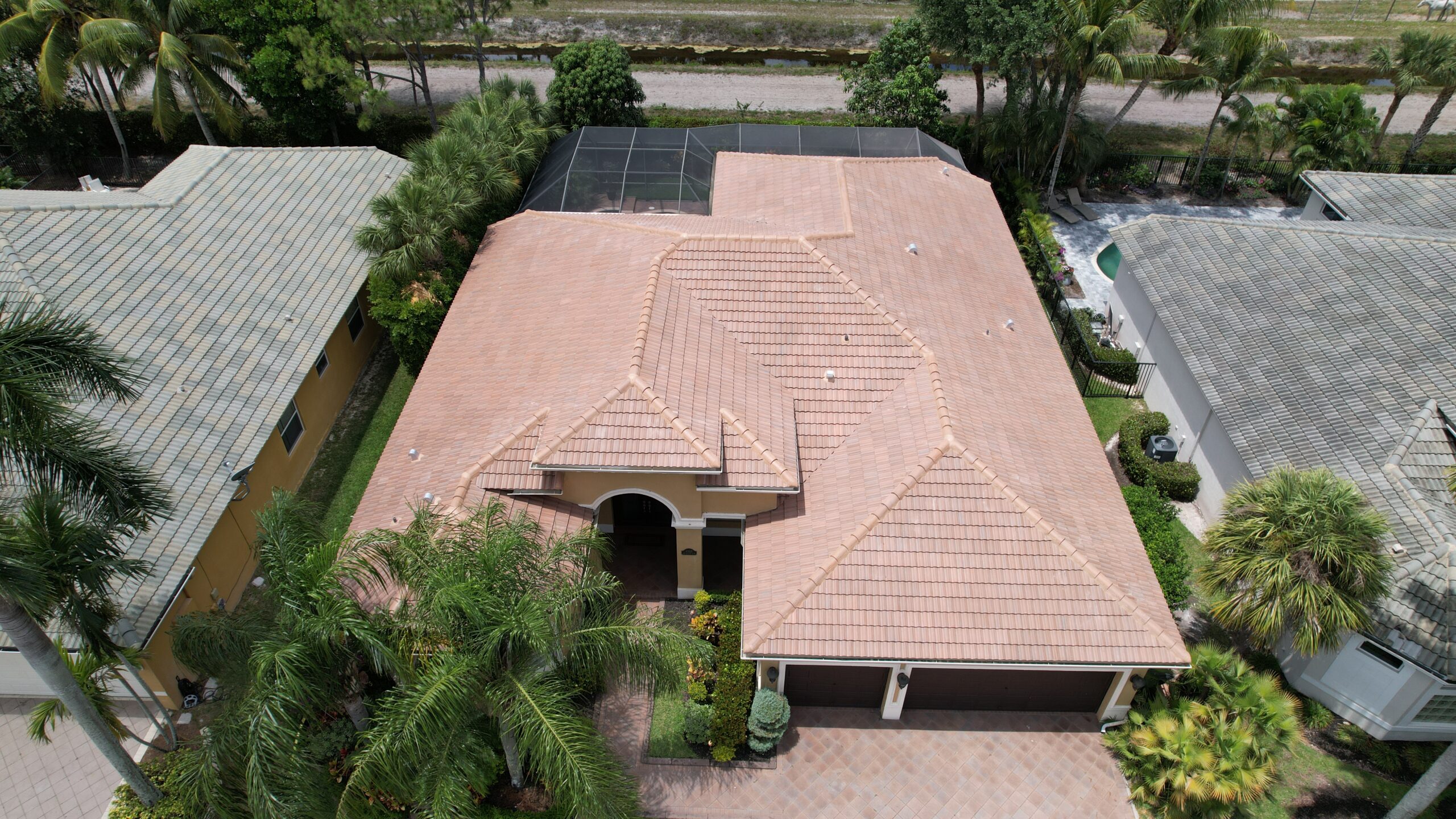Partner with Elite Seal Roofing, the best roofing company in Fort Lauderdale, FL. Our roofing contractors have been the trusted choice in South Florida for over a decade, offering unparalleled quality roofing services. Whether you’re in need of a new roofing project or a roof repair, our professional team is here to deliver excellence.
At Elite Seal Roofing, our experience spans across various roofing types including metal roofing, flat roofs, tile roofs, and shingle roofs. Our CEO, Jaime Bribiesca, a renowned figure in the roofing industry, ensures every roofing job meets our high standards of quality work. Choosing us means choosing a roof repair Fort Lauderdale company with a reputation for excellence in roofing solutions.
Experiencing roof repairs in Fort Lauderdale? Elite Seal Roofing is your go-to repair service. We specialize in repairing and fixing damaged roofs. Our team of skilled roofers uses the latest roofing material and techniques to ensure your roof is repaired with precision.

Elite Seal Roofing offers comprehensive roof repair services tailored to the specific needs of your Fort Lauderdale property. Our skillset covers a wide range of roof repairs, from addressing minor leaks and damaged shingles to tackling major issues like structural damage or water infiltration. We conduct thorough inspections to identify the root cause of the problem, ensuring that our repairs are not just quick fixes but long-term solutions. Our ability to adapt to the unique challenges of each project makes us the go-to service for roof repair in Fort Lauderdale.
In our roof repair work, we prioritize using the latest techniques and high-quality roofing materials. Elite Seal Roofing stays abreast of the latest advancements in the roofing industry to ensure that our roofing solutions are both innovative and effective. Whether it’s a traditional shingle roof or a modern metal roofing system, our team is equipped with the skills and tools necessary to deliver top-notch results. Our commitment to quality materials and cutting-edge techniques means that every job enhances the durability and longevity of your roof.
At Elite Seal Roofing, we understand that roof repair needs can be urgent. That’s why we are committed to providing fast, efficient, and reliable roofing solutions in Fort Lauderdale. Our team of experienced roofers works diligently to ensure that your roofing issues are addressed promptly, minimizing any inconvenience or disruption. We pride ourselves on our ability to complete repairs quickly without compromising on quality, ensuring that your home or business is back to normal as soon as possible. Our reliability and efficiency in handling roof restoration make us a trusted name in the community.
When it’s time for a roof replacement, Elite Seal Roofing stands out as the best company for the job. Our roofing experts specialize in providing quality roofing solutions, making us a top choice in Fort Lauderdale, FL.




Elite Seal Roofing is the preferred roofing contractor for all types of roofing projects in Florida. Our customers choose us for our skills, experience, and reputation in delivering quality roofing solutions.

Elite Seal Roofing stands out in the Florida roofing industry due to our unmatched skills in diverse solutions. Our team is not limited to just residential roofing; we excel in commercial and industrial roofing projects as well. This versatility stems from our extensive experience across a broad range of roofing materials and types, including metal roofs, flat roofs, tile roofs, and shingle roofs. Our skillset ensures that no matter the complexity or scale of your project, it will be executed with precision and skill.
The cornerstone of our reputation at Elite Seal Roofing is our unwavering commitment to quality and reliability. Each roofing job we undertake in Fort Lauderdale and the broader Florida area is a testament to our high standards. Our customers have consistently rated us highly, not just for the superior quality of our work but also for our reliability in delivering projects on time and within budget. Our proven track record is backed by numerous positive reviews and ratings, solidifying our position as a top roofing contractor.
At Elite Seal Roofing, we believe that excellent customer service is key to our success. We engage with our clients at every step of the roofing process, from the initial consultation to the final inspection. Our approach is highly personalized – we listen to your specific needs, provide tailored advice, and keep you informed throughout the project. This level of customer support ensures that your journey with us is smooth, transparent, and satisfying. Our dedicated team is always ready to answer your queries and provide expert insights, making sure your roofing needs are met with the utmost care and professionalism.


Elite Seal Roofing stands as a leader and pro in commercial Fort Lauderdale roofing solutions, offering services that are as reliable as they are efficient. Our approach to commercial roofing is tailored to the unique structural and functional demands of business properties. We specialize in a diverse range of roofing types, from robust flat roofs that are ideal for large commercial spaces, to durable metal roofing that offers longevity and minimal maintenance.
Our skills extend beyond just installation. We conduct thorough assessments to determine the most suitable roofing solution for your business, taking into account factors like building size, industry requirements, and energy efficiency. This ensures that your commercial roof not only protects your property but also aligns with your business objectives, potentially reducing operational costs and enhancing the building’s overall value. When you partner with us, you don’t have to worry because we will take care of everything.
The Elite Seal Roofing’s team comprises seasoned specialists, each bringing a wealth of skills to every commercial project that’s why we are recommended by the majority. We prioritize seamless project management, minimizing disruption to your business operations while maintaining the highest standards of workmanship. Our commitment to excellence and customer satisfaction makes us the preferred choice for commercial roofing in Florida, helping your business property stay secure and visually appealing.

Choosing Elite Seal Roofing means partnering with a roofer who embodies skill and a readiness to assist at every turn. Our team’s proficiency in the roofing industry is unparalleled in Fort Lauderdale, characterized by deep knowledge and hands-on proficiency in various styles and materials. We approach each project with a commitment to excellence, ensuring that every job, regardless of its size, receives our full attention and professional skills.
Understanding the importance of informed decision-making, we offer free quote to help you gauge the scope and value of your roofing needs accurately. Our team provides personalized advice, guiding you towards the most effective solutions for your property. This level of dedicated service is what sets Elite Seal Roofing apart and how we gained the positive rating, making us not just a service provider, but a reliable partner for all your roofing requirements in Florida.